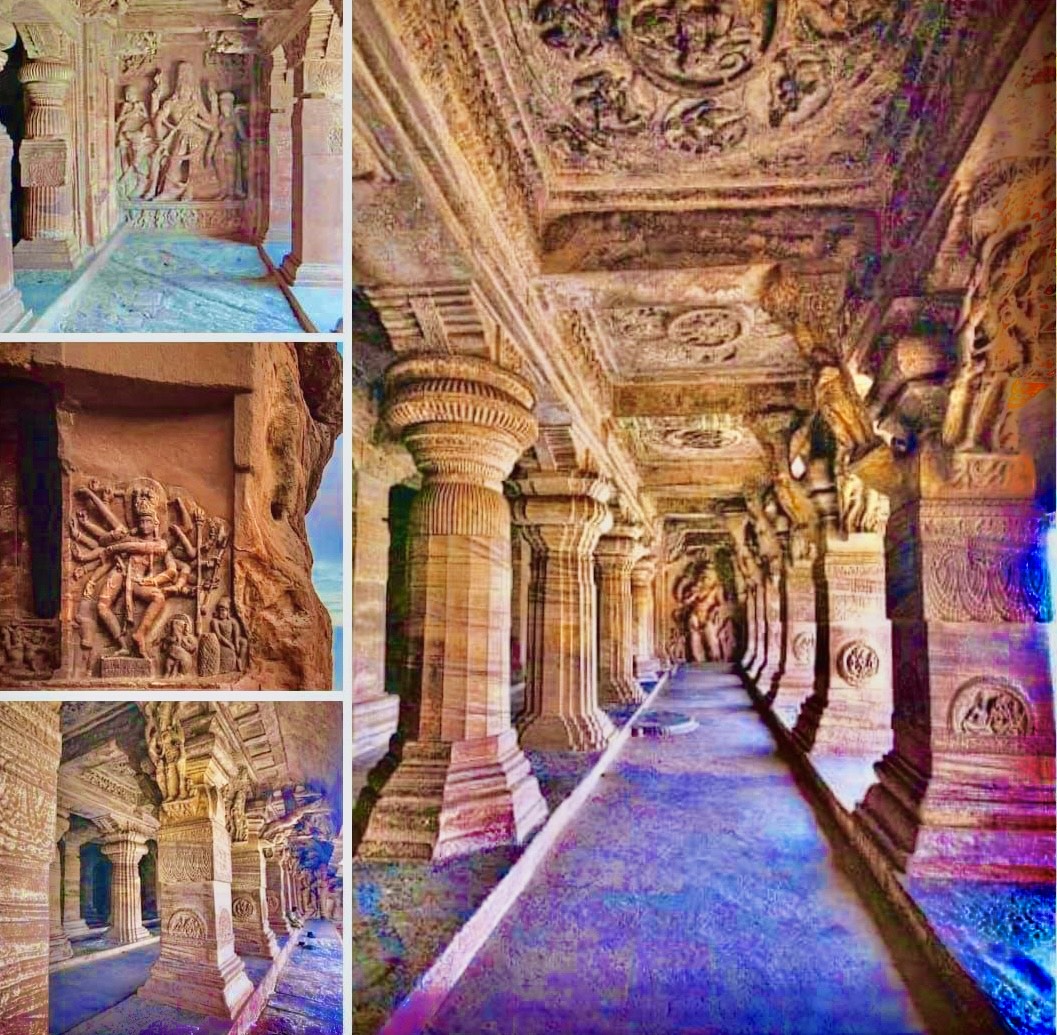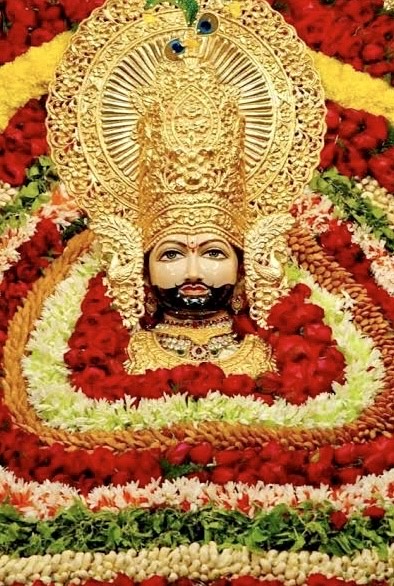बादामी गुफा मंदिर,
बादामी(कर्नाटक)
बादामी गुफा मंदिर, भारत के कर्नाटक के उत्तरी भाग में बागलकोट जिले के एक शहर बादामी में स्थित हिंदू गुफा मंदिरों का एक परिसर है। गुफाओं को भारतीय चट्टानों को काटकर बनाने की वास्तुकला का उत्कृष्ट उदाहरण है।
विशेष रूप से बादामी चालुक्य वास्तुकला, जो 6वीं शताब्दी से है। बादामी को पहले वातापी बादामी के नाम से जाना जाता था, जो प्रारंभिक चालुक्य वंश की राजधानी थी, जिसने छटी से 8वीं शताब्दी तक कर्नाटक पर शासन किया था।
शहर के दक्षिण-पूर्व में नरम बादामी बलुआ पत्थर से बने गुफाओं की संख्या 1 से 4 तक है। गुफा में हिंदू देवी-देवताओं और प्रसंगों की विभिन्न मूर्तियों के बीच, नटराज के रूप में तांडव-नृत्य करने वाले शिव की एक प्रमुख नक्काशी है।
ज्यादातर अपने अभिन्यास और आयामों के संदर्भ में गुफा न. 1 के समान है, जिसमें हिंदू प्रसंगों की विशेषता है, जिसमें विष्णु की त्रिविक्रम के रूप में उभड़ी हुई नक्काशी सबसे बड़ी है। गुफा न. 3 सबसे बड़ी है, जिसमें विष्णु से संबंधित पौराणिक कथाएं बनाई गई हैं, और यह परिसर में सबसे जटिल नक्काशीदार गुफा भी है।
Badami Cave Temple, Badami (Karnataka)
Badami (Karnataka)
The Badami Cave Temples are a complex of Hindu cave temples located in Badami, a town in the Bagalkot district in the northern part of Karnataka, India. The caves are an excellent example of Indian rock-cut architecture. Particularly Badami Chalukya architecture, dating from the 6th century. Badami, formerly known as Vatapi Badami, was the capital of the Early Chalukya dynasty, which ruled Karnataka from the 6th to the 8th century. The caves, made of soft Badami sandstone in the south-east of the city, are numbered 1 to 4. Among the various sculptures of Hindu gods and goddesses in the cave, there is a prominent carving of the Tandava-dancing Shiva in the form of Nataraja. Mostly in terms of its layout and dimensions Cave No. 1, featuring Hindu themes, the largest of which is the relief relief of Vishnu in the form of Trivikrama. Cave no. 3 is the largest, containing mythological stories related to Vishnu, and is also the most intricately carved cave in the complex.



